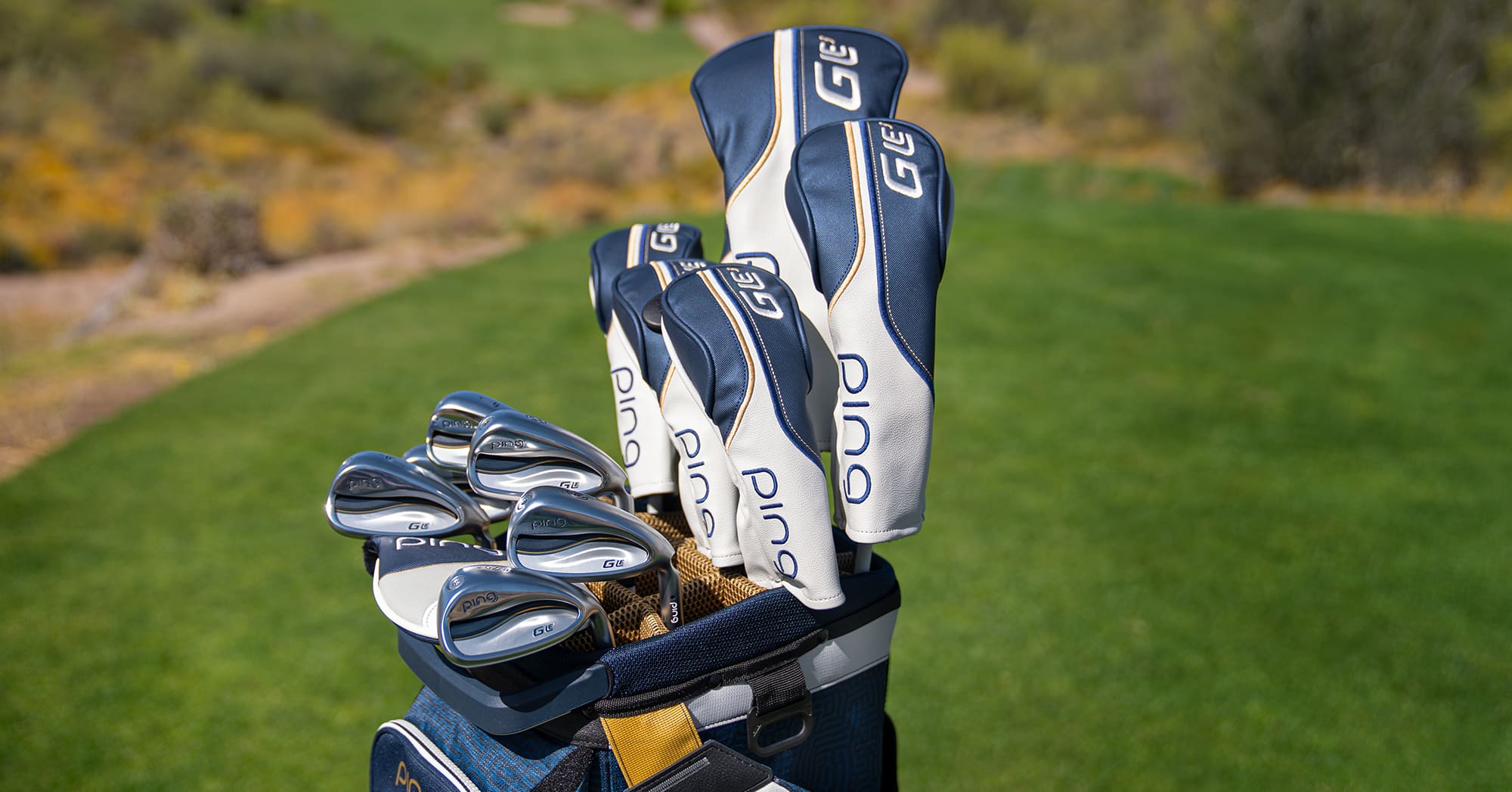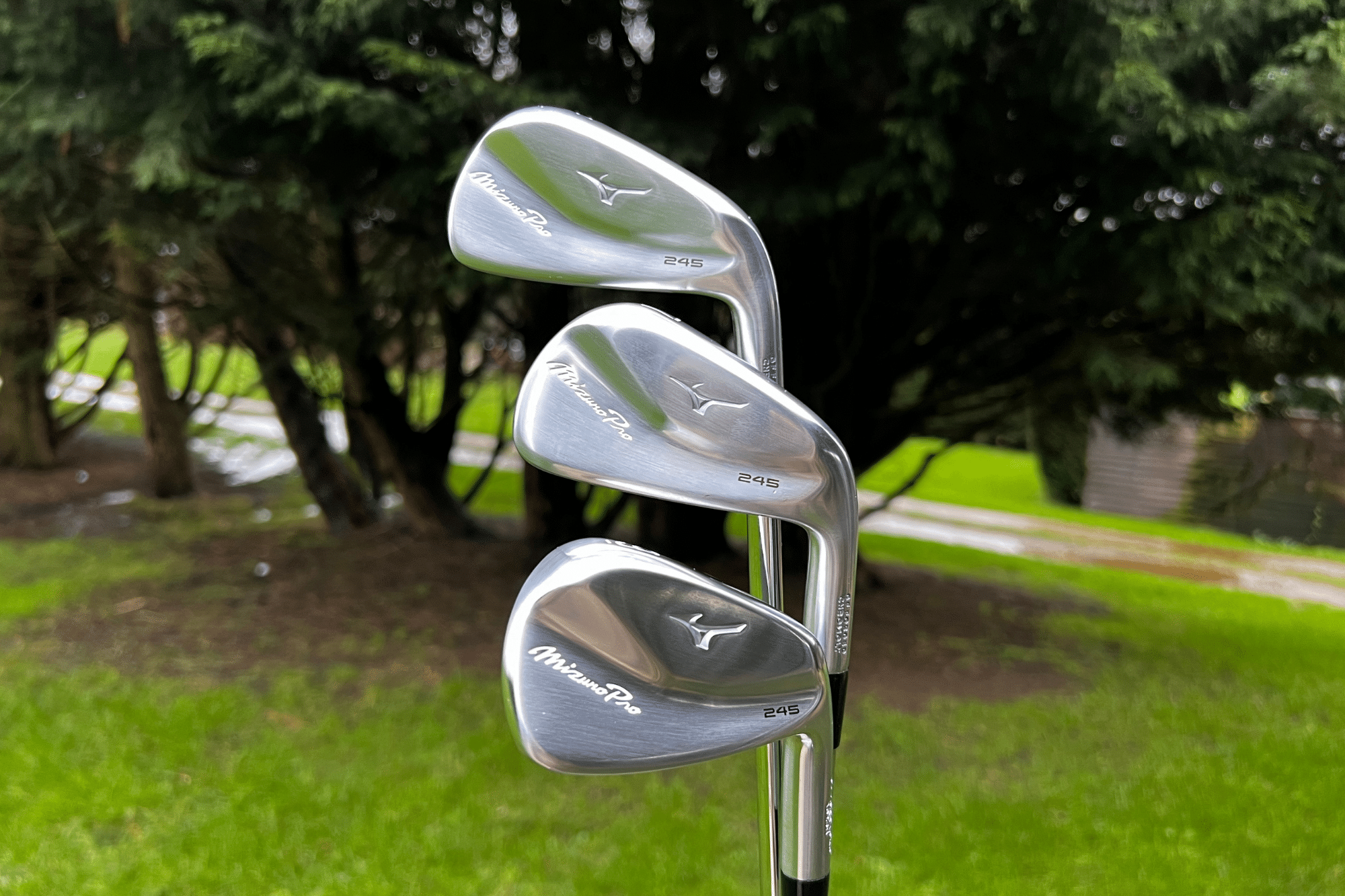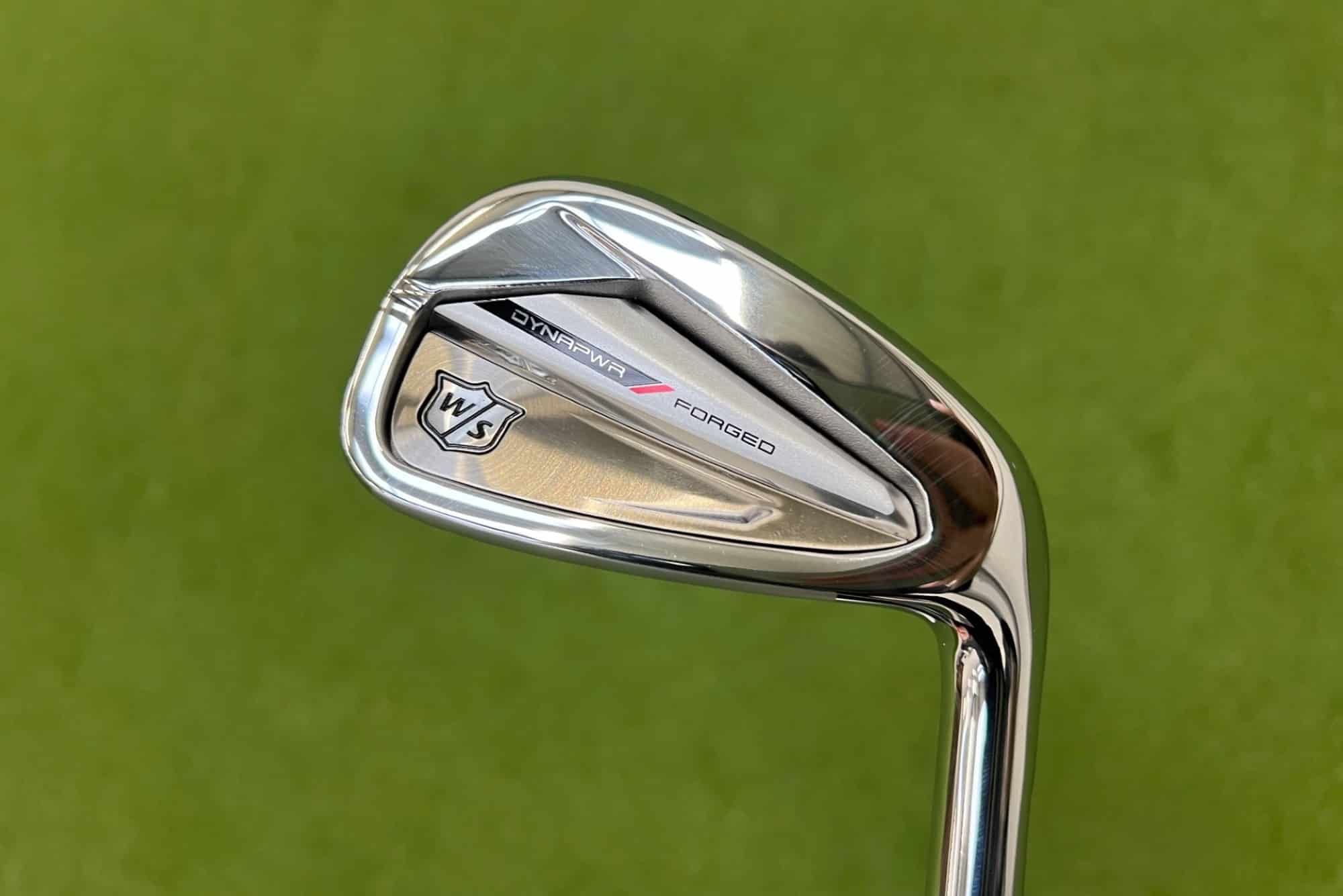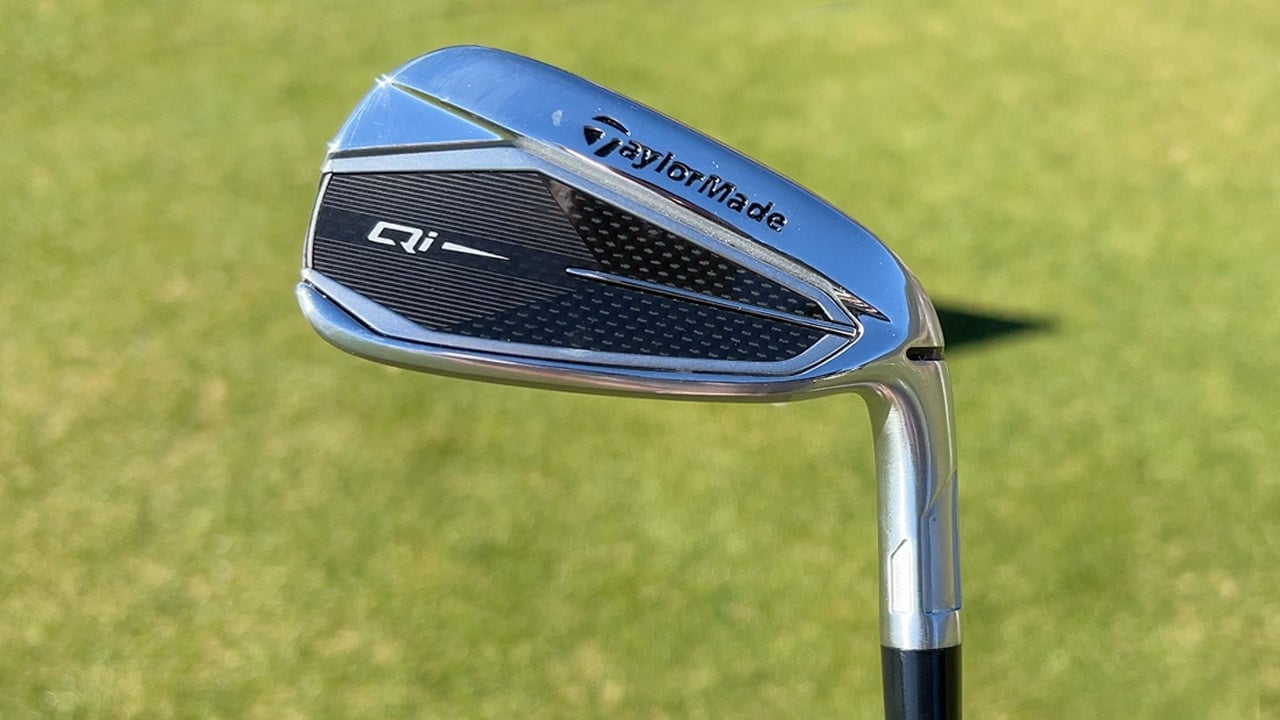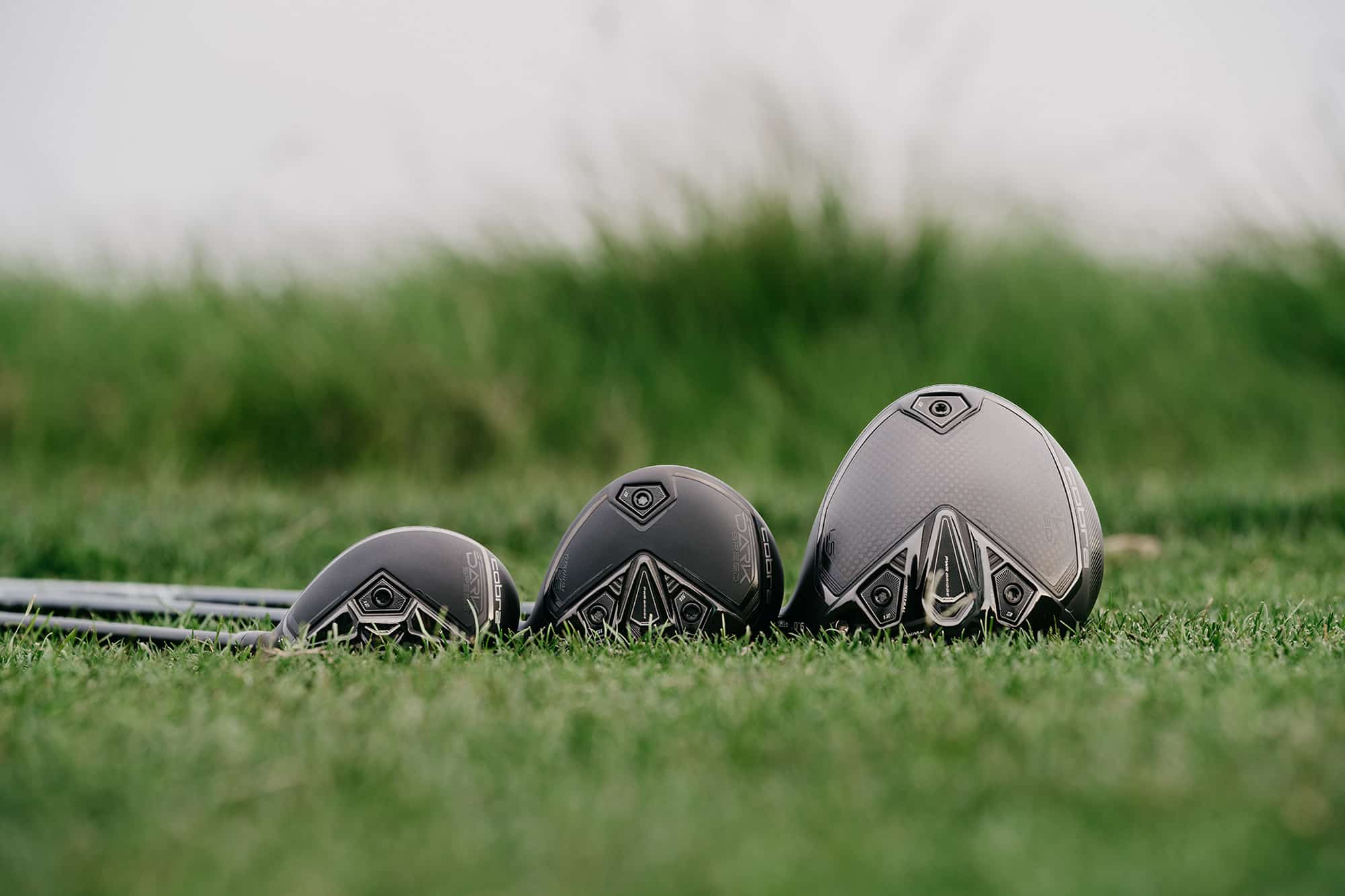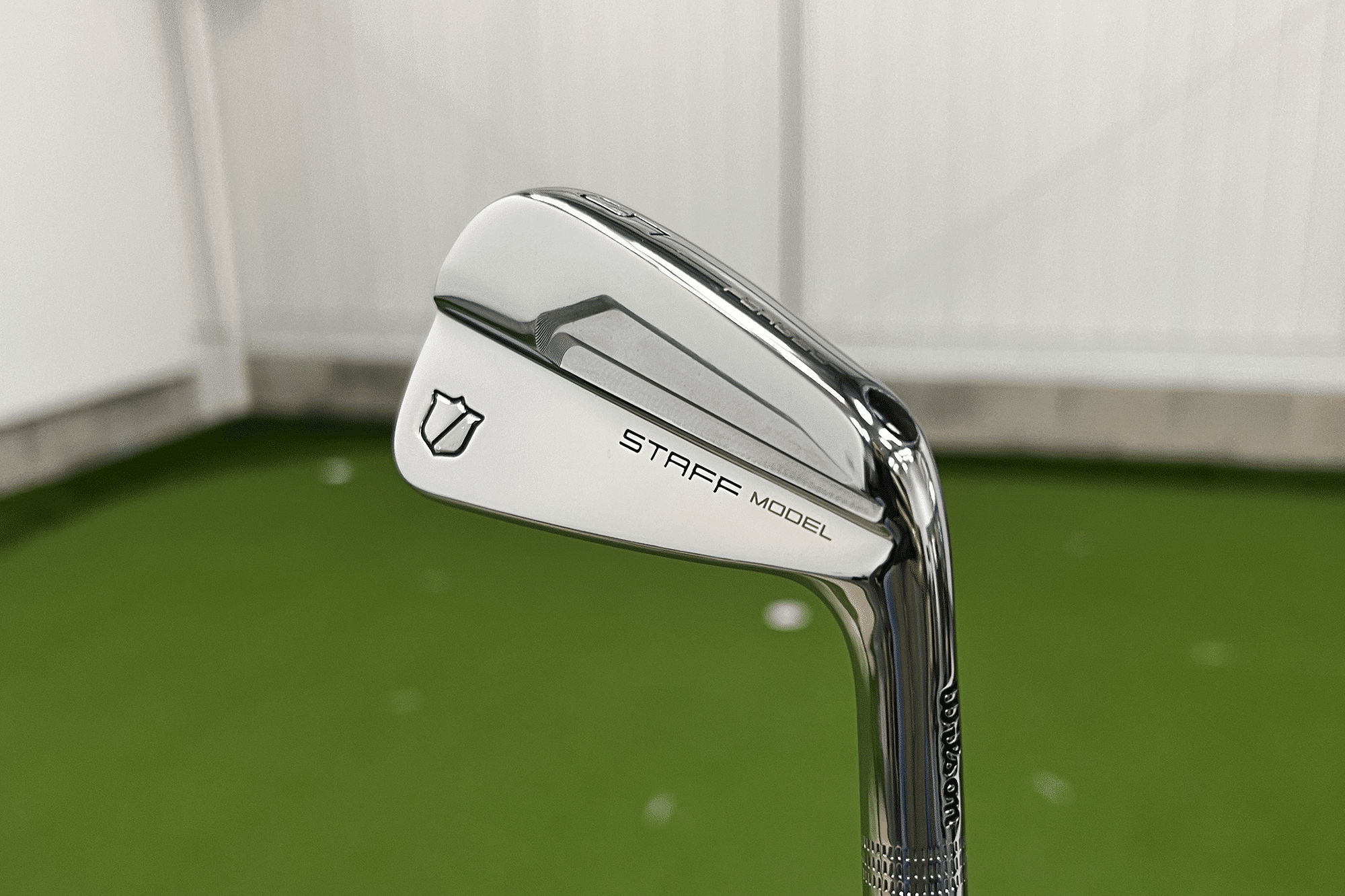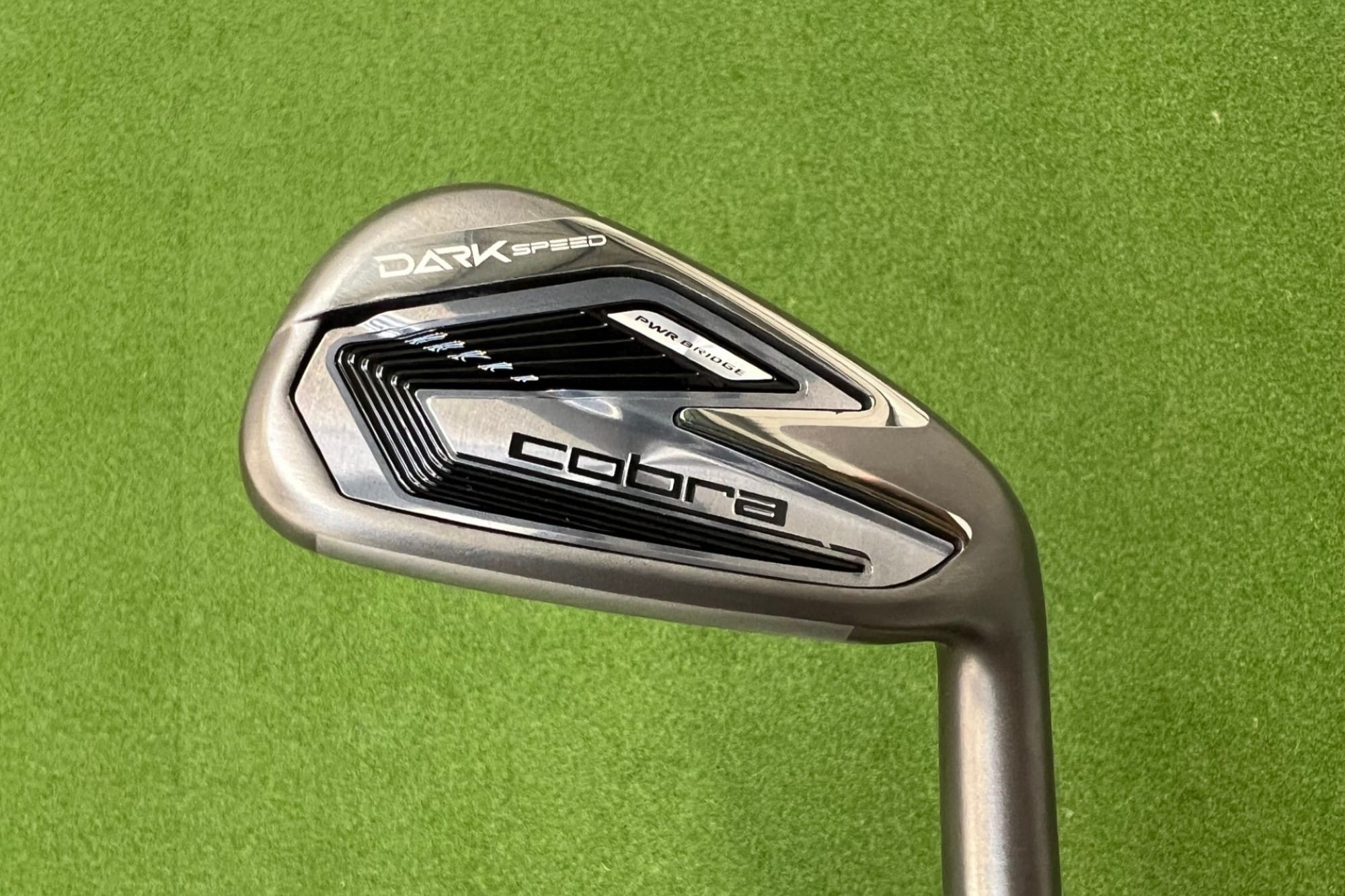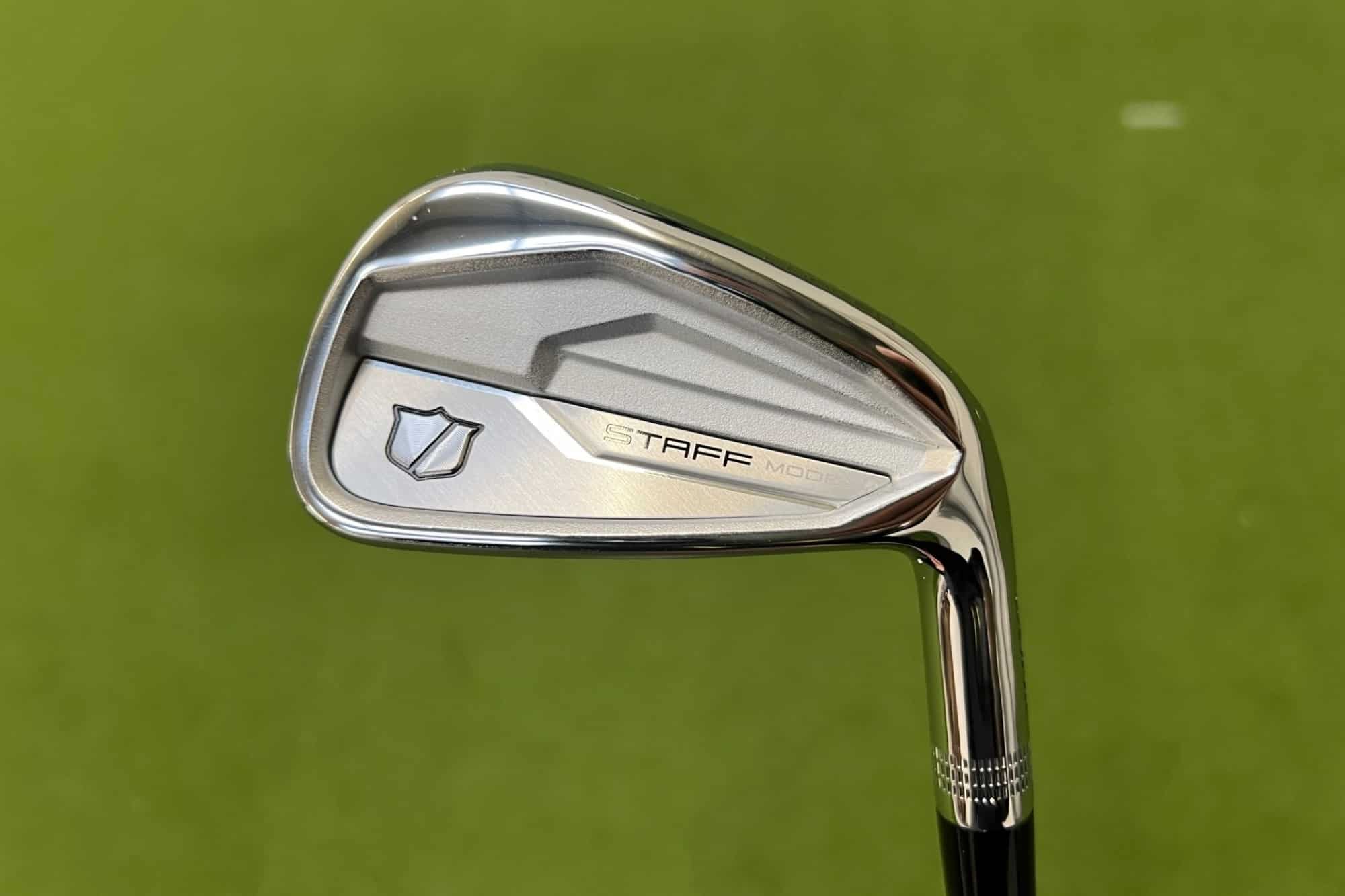
Are your golf clubs the wrong length?
With the ever-increasing availability of custom fitting locations, there should be no excuse for not making sure your next set of clubs are perfectly suited for you. Many manufacturers even have online fitting tools to help you perfectly dial in your specs, based on a myriad of variables including; height, swing speed, ability and shot shaping requirements.
However, many of us still grab our clubs off the rack – in the standard length, loft, and lie provided by the manufacturer – without always taking the time to work out whether this shiny new purchase is suited to our game.
What length golf clubs do I need?
Even though golf club length is key to performance, surprisingly there isn’t a standard fitting procedure to dial in what club length will work best for you. As a general rule though, this will be based on your height. Shorter golfers need shorter clubs, and taller golfers want longer clubs.
The closest we have to a standardised process, is the wrist to floor measurement, which is used to physically correlate arm length, to golf club length. This is the distance from the floor to the crease of your wrist. This is then compared with your height to get a start point for what length clubs you should be using.
However, it’s important to note, that length of club isn’t solely dictated by your height, as your golfing posture and swing habits also play a key role – in addition to further physical aspects such as the length from your hands to the floor. For example, if you drop down and lose height at impact, you may suit shorter clubs than your wrist to floor measurement suggests.
One impact of an overly long club is that you’ll be forced to stand too upright to the ball in order to lie the sole of the club flat on the ground. This puts you in a sub-optimal position before you’ve even taken the club back.
The additional length continues to hinder throughout the swing, with longer clubs often feeling uncomfortably heavy, and as though your body is getting in the way of the club as you try to complete your swing.
If your clubs are too long, a tendency would be to take the club away wider and further away from your body, to give yourself more room to turn. While this can be a position which some golfers enjoy on their takeaway (see: Rory McIlroy), if this isn’t natural, it will set the club awkwardly at the top of the swing.

This impact will likely be noticeable in the ball flight, with clubs that are too long having a tendency to go higher and further to the left, with less control than a well-fitted set. Additionally, you’ll likely find that you strike a club that is too long for you out of the toe, as you’re unable to get close enough to the ball to regularly find the centre of the club face.
With all that said, there can be some small advantages of lengthening clubs, particularly clubs that are designed for maximum distance. The PGA Tour has recently regulated that drivers can be no longer than 46 inches, as the additional length was helping their members to swing the clubhead faster, resulting in more ball speed and greater overall distances.
While this might be helpful for the best golfers on the planet, we’d strongly suggest consulting your PGA Professional before following in their footsteps, as there’s always a trade off with accuracy to be made when adding distance to the game.
So what if your clubs are too short?
You will probably notice this first in your posture as you will have to bend over more to get to the ball. The heel of your club may also be off the ground at address.
It would also force your angle of attack to be steeper, which would cause you to take larger divots and often hit behind the ball. For a right handed golfer you would probably notice a tendency of all your shots missing to the right and the ball being struck off the heel of the club.
Golf club length relative to height
If you want a benchmark to know if you should be using standard length clubs or not, this is a good place to start. You must remember that not every brand will follow the same standard sizing though.
4’10” and under: Shorten by 2″
4’10”-5’0″: Shorten by 1.5″
5’0″-5’2″: Shorten by 1″
5’2″-5’4″: Shorten by 0.5″
5’4″-5’7″: Shorten by 0.25″
5’7″-6’0″: Standard length
6’0″-6’2″: Lengthen by 0.25″
6’2″-6’4″: Lengthen by 0.5″
6’4″-6’6″: Lengthen by 1″
Should you shorten or lengthen your golf clubs?
If you think your set-up is wrong, don’t panic. It is relatively easy to shorten or lengthen your existing set-up. But you do need to be aware of a few things when doing this.
If you cut down your clubs the shorter shaft will play stiffer. If you add length, the weight will increase but the shaft flex will actually get softer. It will also change the overall swing weight of the club.
Clearly this would also influence performance so it’s worth checking with a club fitter or pro, before you make any changes to your golf club length.

Subscribe to NCG
You’ve probably spent a small fortune to get the set up that’s right for your game, so don’t forget to get specialist insurance from Golf Care to protect your clubs from theft, loss, and accidental damage. Plus, they even cover GPS watches, trolleys, and other golf equipment. With 30% off annual insurance starting from just £26.59, and a free golf gift bundle worth up to £365 including 12 free Srixon balls, it’s a no brainer. CLICK HERE TO SIGN UP.
Hannah Holden

Hannah Holden is the Equipment and Instruction Editor here at National Club Golfer. If you’re looking to improve your game, by changing your golf swing or upgrading your golf equipment she’ll have the answers.
As well as writing lots of features and reviews you can find her on our YouTube channel giving you insights on the latest rules, clubs and tips to improve your golf game.
Hannah is a member at Alwoodley golf club. You will either find her here or driving up and down the country playing in a variety of elite amateur events.


